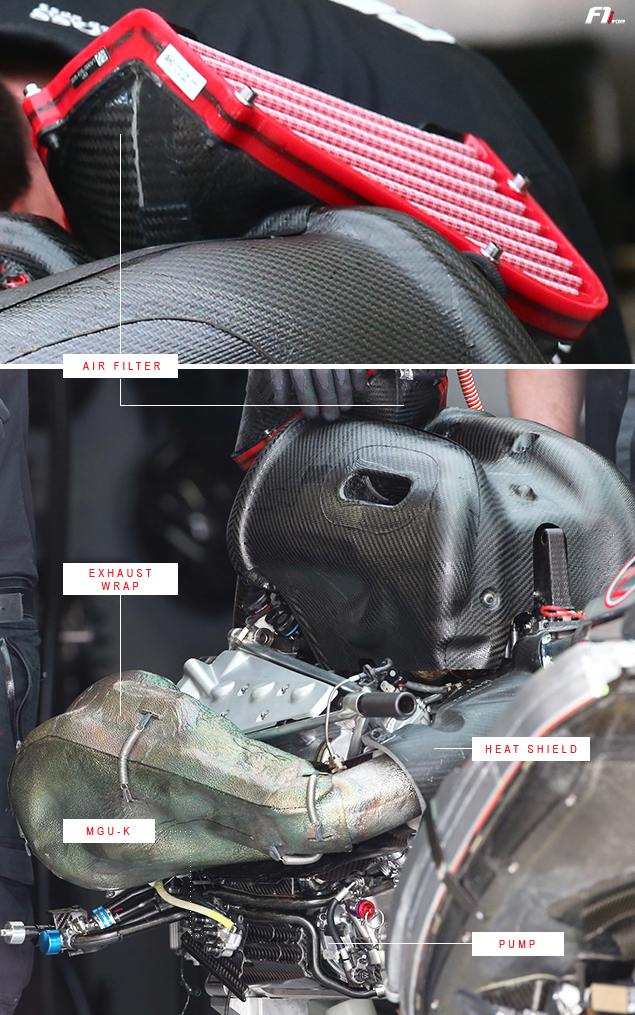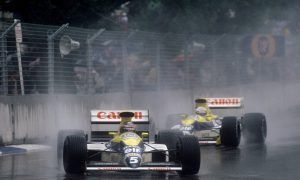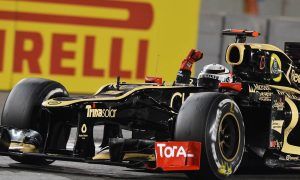NURTURING IN-HOUSE EXPERTISE
Besides a clever intercooler setup, the ERS (energy recovery system) efficiency of the Mercedes package stems from Brixworth’s renowned expertise in that field, more than from the size of the compressor as suggested by some.
When engine manufacturers ran the very first version of the KERS (2009-2013), most of them let their teams develop the system and/or entrusted it to their suppliers (Magneti Marelli for Ferrari and Renault). Mercedes, however, kept fine-tuning the device in house. In 2010, when teams all agreed not to run the KERS, Brackley carried on working on it nonetheless.
Second-generation KERS were already much more efficient than their 2009-spec predecessors, but restrictions limited the systems to 60kW for 6.7 seconds, somehow masking any major improvements. These systems have now become a major performance factor in the new turbo era.
“If [you] just look at the internal combustion engine, then today’s V6 1.6-litre turbo-charged engine is approximately the same power as the [2.4-litre normally aspirated] V8 engine was,” Cowell says.
“Both of those ran a hybrid system and if you add the KERS system onto the V8 and the ERS system onto the V6, and look at their maximum power values, then today’s V6 with ERS is 10 per cent more powerful than we had with the V8 and the KERS system.
“The ERS system is available for the majority of the lap; the KERS system was only available for 6.7 seconds of the lap, so in terms of laptime impact of the V6 and ERS, it is significantly greater than we had with the V8 and KERS system.”
On the picture above, one can notice that Mercedes has ditched its trademark log manifold – one the most distinctive feature on last year’s PU106A – and replaced it with a more conventional multi-tube exhaust design.









